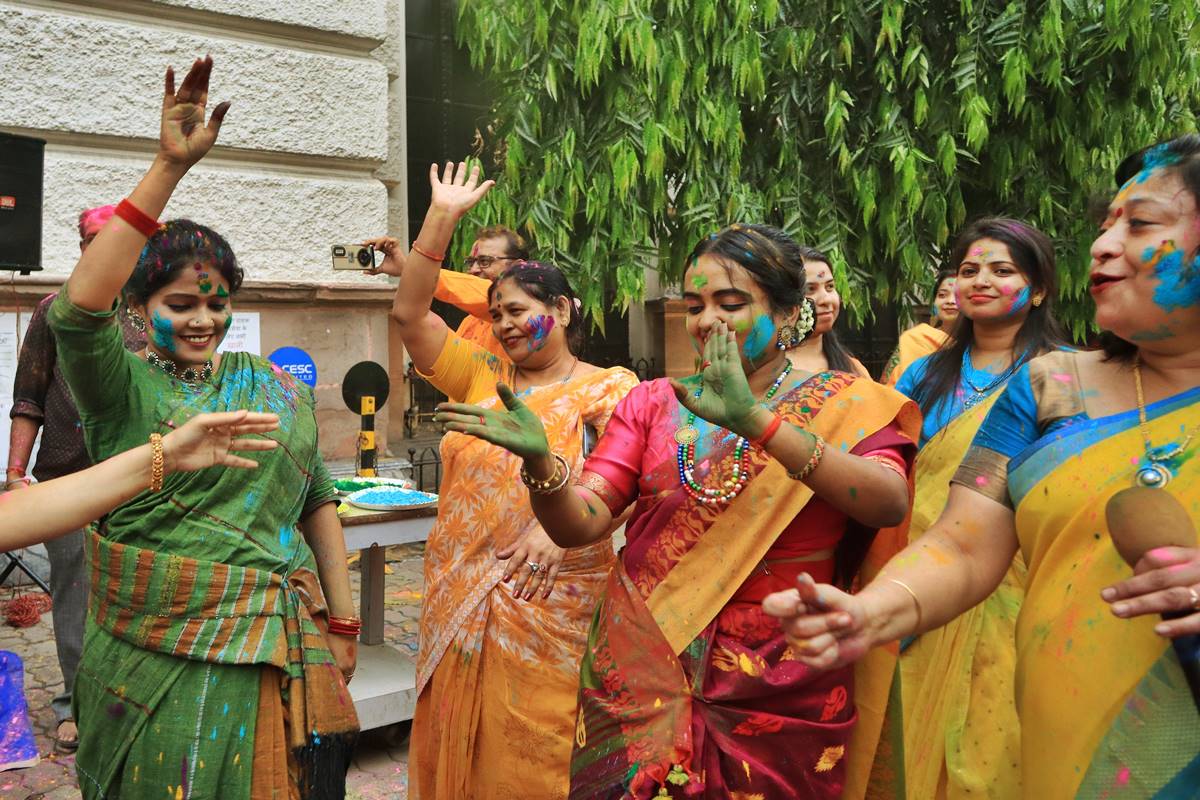In West Bengal, Holi transcends mere colors and merriment. Celebrated as Doljatra, the state observes this festival of colors a day earlier than the rest of India, although there are occasions when the two days coincide. While Doljatra is essentially a celebration of colors, it encompasses several unique traditions and practices.
Falling on Dol Purnima, or the full moon day, Doljatra commemorates the divine love between Radha and Krishna and their union. Moreover, in Bengal, Doljatra holds additional significance as it marks the birth of Chaitanya Mahaprabhu, a Vaishnava saint who advocated the divine love between Radha and Krishna through his Kirtan (recitation of hymns).
Advertisement
While DJ events, Holi concerts, and live Holi celebrations have become commonplace nowadays, blending festivities, music, and culinary delights, the celebration of Doljatra in Kolkata and across West Bengal retains its distinctive charm. The day typically commences with the younger members of families seeking blessings from elders by applying a bit of ‘Abeer’ (colors) on their feet before indulging in colorful revelries with friends and family. Furthermore, numerous universities, colleges, schools, committees, and organizations mark the occasion by organizing ‘Basanta Utsav’, where individuals of all ages participate in cultural programs.
In Shantiniketan, the abode of Nobel Laureate Rabindranath Tagore, Doljatra is celebrated with great fervor. Every corner of Bolpur, Shantiniketan, comes alive with cultural performances and ‘dol khela’ (color play). Basanta Utsav in Shantiniketan, and indeed throughout West Bengal, symbolizes the welcoming of spring with music, dance, colors, and melodies.
For Bengalis, no festival is complete without indulging in sumptuous food. One must experience the gastronomic extravaganza that accompanies Holi in Bengal. From starting the day with ‘radhaballavi’ or ‘luchi and torkari’ to relishing Khaja, Malpua, and Goja in between, Holi lunch is a grand affair in every Bengali household.
